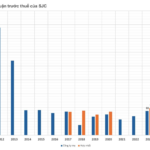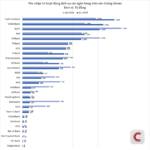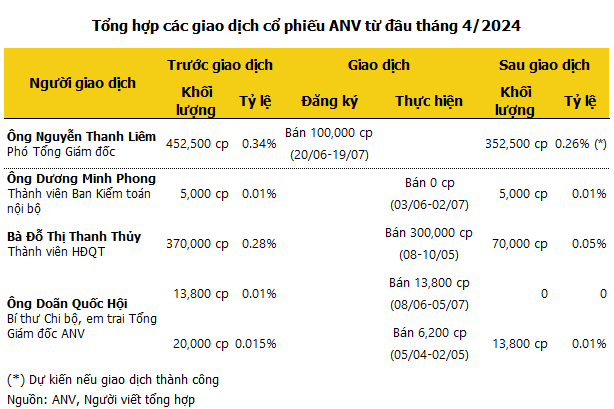Ads display positions generating trillions of VND in revenue
Grab is a platform for calling taxis, ordering food, and even grocery shopping in Vietnam and Southeast Asia. Meanwhile, it is a place for businesses and sellers to attract customers through advertising and marketing activities. Ken Mandel, CEO of GrabAds at Grab, said that advertising revenue has become “a significant business activity” in Grab. Based on the data from the first and second quarters of 2023, Grab’s advertising segment is expected to contribute around $100 million (approximately 2.45 trillion VND) to the annual total revenue.
Anita Munro, Investment Director of GroupM, Asia Pacific, said that “Grab is one of the fastest-growing advertising platforms in Southeast Asia, bringing new ways for advertisers to reach consumers.” Just by opening the Grab app, users in Vietnam can see a series of advertising banners for restaurants displayed prominently on the screen. Moreover, the ads “follow” users throughout their journey, from when they search for restaurants to when they finalize their orders for delivery.

Restaurants pay for display to attract ordering customers
Grab’s advertising tools have seen a significant increase in the number of sellers in the last six months of 2023, about 70%. Meanwhile, the average expenditure of each seller for Grab’s self-service advertising tools increased by 54.5% compared to the same period last year in the third quarter of 2023.
Potential to become a major revenue source
Restaurants like Cơm Thố Anh Nguyễn and brands like Puma, Pond’s, etc. are Grab’s major customers that generate substantial revenue without spending money on user acquisition. The advertising goals and needs of different brands vary. For example, large F&B chains like KFC, McDonald’s, Starbucks focus on brand building and introducing new products or campaigns. Meanwhile, small F&B restaurants aim to target local customers, increase sales, and build brand awareness as the secondary concern.
FMCG brands like Coca-Cola, Wall’s ice cream, Knorr, etc. focus on display capability and product marketing. The goal is not only to promote the brand but also to stimulate specific product needs. For example, ads encouraging customers to order a can of Coca-Cola while ordering food.
According to Momentum Works, advertising can become a major source of revenue for food delivery platforms as they have a large user base specific to F&B. Additionally, the digital touchpoint, user location data, and purchasing behavior help target the right audience. These platforms provide various display and advertising opportunities throughout the user’s journey.
Momentum Works also points out that large delivery platforms like Amazon, Alibaba, and Meituan have significant revenue from advertising, indicating the proven model. Grab’s advertising tools have matured at the right time since traditional digital advertising platforms are facing privacy concerns and changes. With Google’s plan to gradually phase out third-party cookies from early 2024, advertising formats that engage users on participation-based platforms are gaining attention. People do not like to be bombarded with ads on social media or search engines. Instead, placing ads on platforms where people are there to make a purchase – as opposed to seeking information or interacting with friends – could be an alternative solution.
However, restaurants relying on advertising to boost sales should also be cautious. Advertising costs, along with discount fees and promotional costs, can eat away restaurant profits on food delivery platforms. Many restaurants have had to increase prices on the app to compensate for the inflated costs.





































